#hmas australia
Text
Introduce for first time I'm Via or you any . I basically drew random things especially history most WW2 things and stupid OC's. And with manhwa format to my art style.
Let you know my both baby know as Niel for wearing glasses and big boy Lawrence.

#anzac#australia#ww2#ww2infantery#digital art#digital illustration#hmas anzac#Australia infantry#Australia history#manhwa#digital arwork#historical#historical fiction#ww2 oc#ww2pictures
9 notes
·
View notes
Photo
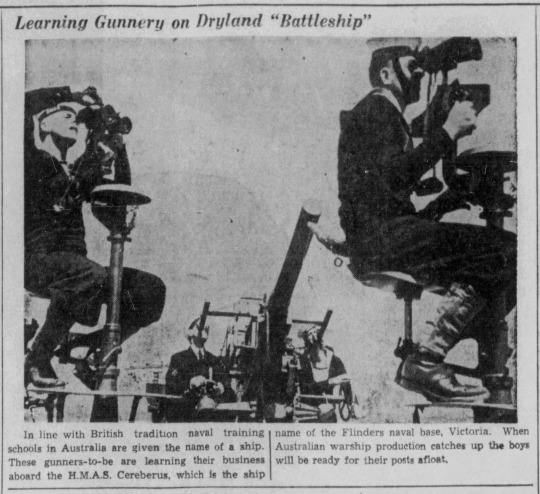
“Learning Gunnery on Dryland Battleship,” Kingston Whig-Standard. February 28, 1942. Page 10.
----
In line with British tradition, naval training schools in Australia are given the name of a ship. These gunners-to-be are learning their business aboard the H.M.A.S. Cereberus which is the ship name of the Flinders naval base, Victoria. When Australian warship production catches up the boys will be ready for their posts afloat.
#stone frigate#naval establishment on land#training ship#hmas cerberus#flinders naval base#melbourne#royal australian navy#naval base#military training#royal australian naval college#australia during world war 2#world war II#australia in the british empire#pacific war
7 notes
·
View notes
Text
There is some CONFUSION about the Armed Forces of the Philippines’ (AFP) Participation in the United States (US)-Japan-Australia Joint Naval Drills in the SCS, US could be trying to SHAME the AFP into joining it
#philippines#china#united states us#ayungin shoal#armed forces of the philippines afp#south china sea scs#japan#australia#kyodo+ news agency#chinese communist party ccp#the global times#romeo brawner junior#uss america lha-6#united states navy usn#js izumo ddh-183#japan maritime self defense force jmsdf#hmas canberra l02#royal australian navy ran
0 notes
Text
Everyday Can Be An Amazing Adventure
Many say they “live vicariously” through us as we travel to exotic ports and see things relatively few people will ever see. But, the truth is everyday can be an adventure if you just....
So often over the years we’ve had people tell us how much they enjoy following our adventures. Many say they “live vicariously” through us as we travel to exotic ports and see things relatively few people will ever see. But, the truth is that everyday can be an adventure if you just take time to look around you and participate.
As we sit here on Dazzler, who is by all accounts empty, we are…

View On WordPress
#16 Year old solo sailor#Australia#Brisbane#Brisbane City Botanical Gardens#Dazzler For Sale#Diamantina#Gilhooley&039;s Irish Pub#HMAS Diamantina#Land Adventures#Queensland#Queensland Maritime Museum#Train Travel#True Spirit#WWII Japanese Surrender
1 note
·
View note
Text
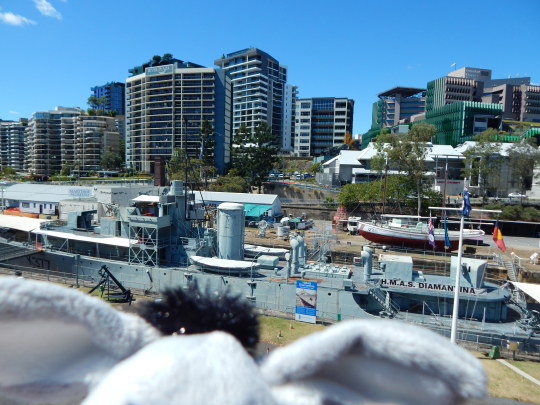
even some small jewels in between the "HMAS diamantina"
0 notes
Text

Twenty years ago, on 22 April 2003, The Los Angeles-class attack submarine USS Louisville (SSN-724), under the command of Commander Michael E. Jabaley Jr. USN, arrived in HMAS Stirling at Garden Island, Australia, for a week-long visit to Perth.
On 21 March 2003, thirty U.S. Navy and coalition warships, including USS Louisville, then assigned to Naval Forces Central Command, launched Tomahawk Land Attack Missiles (TLAMs) during military operations to disarm Iraq as part of Operation Iraqi Freedom.
USS Louisville was officially decommissioned 9 March 2021 during a ceremony near Dry Dock #5 on Puget Sound Naval Shipyard, after more than 34-years of active service.
This picture is from USS Louisville's 2003 Press Kit, USN Photo.
55 notes
·
View notes
Text
On this day in 1954
In Queensland
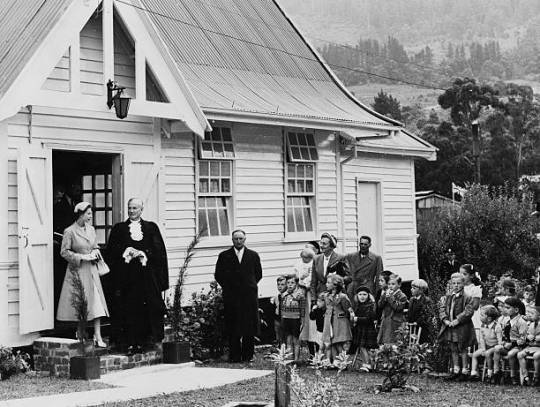
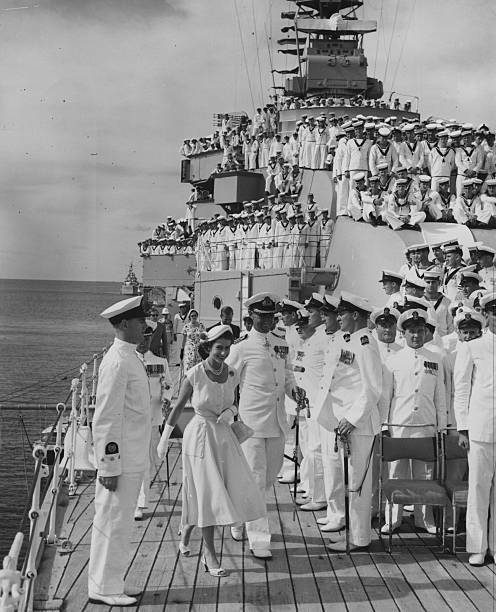

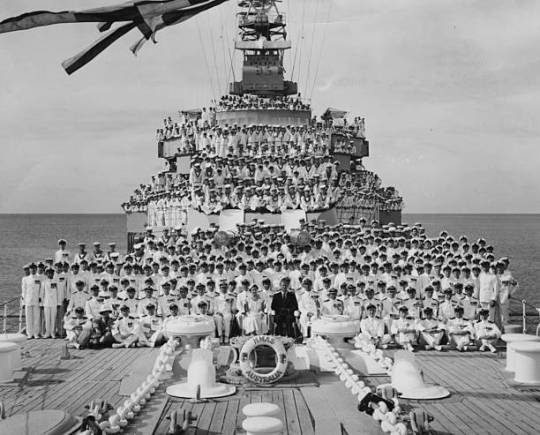
Queen Elizabeth II and the Duke of Edinburgh with the crew of the HMAS Australia battlecruiser, near Cairns, Queensland, March 13th 1954.
44 notes
·
View notes
Text
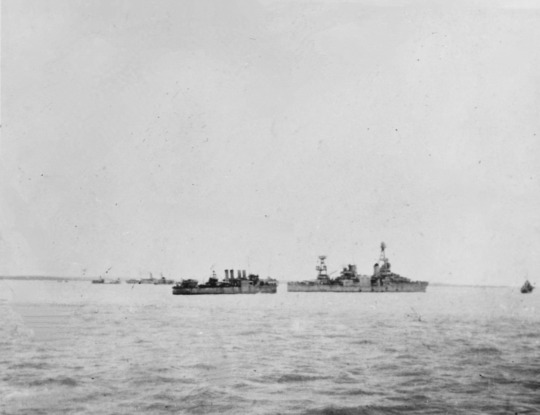
"USS HOUSTON (CA-30) (right center) at Darwin, Australia, probably on February 15 or 18, 1942. The destroyer astern of HOUSTON may be USS PEARY (DD-226). Among the ships in the background, to the left, are HMAS TERKA and the SS Zealandia. The donor was on board HMAS TOLGA, then used as a water carrier for ships in Darwin harbor."
Courtesy of Arthur W. Thomas.
U.S. Naval History and Heritage Command: NH 43649
#USS Houston (CA-30)#USS Houston#Northampton Class#Cruiser#warship#ship#February#1942#USS Peary (DD-226)#USS Peary#Clemson Class#Destroyer#world war 2#world war ii#WW2#WWII#WWII History#History#Darwin#Australia#united states navy#us navy#navy#usn#u.s. navy#my post
38 notes
·
View notes
Text
The Boundless Sea
Sydney
11 June 2023
We headed into Sydney at about 9am this morning with a fairly full raft of activities.
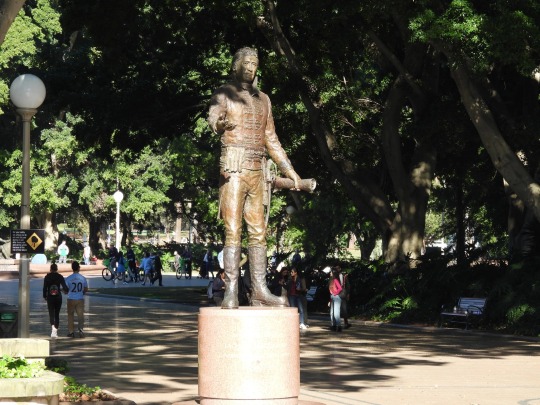
The first of these, which we arrived to at 10, was the Hyde Park Convict Barracks. This barracks was built by order of Governor Lachlan Macquarie in 1817, and today a statue of him stands across the road from the building, gesturing towards it. I can’t help but wonder if Macquarie would appreciate the somewhat dodgy statue of himself showing off the prison he built, but maybe that’s just me. Hyde Park Barracks is a thoroughly modern museum, in that it uses audio guides instead of placards. I generally can’t stand audio guides, but I soon worked out that I could just read the subtitles on the ipod thing they gave us, so it wasn’t a dealbreaker. The museum now includes a major focus on the effects of colonisation and the convict system on the indigenous peoples of New South Wales, which I quite appreciated. The one thing I might have liked more about was a little more information on the guards; but I appreciate that this is specifically a museum about the convicts, not the soldiers.
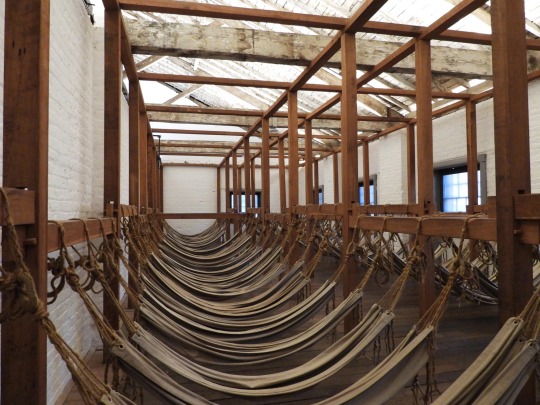
After the barracks, we walked through Hyde Park to the Anzac Memorial. This is Sydney and New South Wales’ primary war memorial, opened in the 1930s to commemorate the First World War. It’s not quite as grand as Melbourne’s Shrine of Remembrance - few things are - but it is still a magnificent structure and well worth a visit. The statue of the prostrate man in the Hall of Silence - positioned under the Hall of Memory, and visible through a hole in the floor which they call the Well of Contemplation - is particularly striking. Most war-related sculptures, at least in the post-WWI period, tend to be horizontal. Here, the prostrated man is vertical - the language of mourning.
Behind the Hall of Memory and down the stairs is the Hall of Service. The walls here are lined with soil samples from every town in New South Wales that has sent soldiers to war. There’s a circle on the floor, under a skylight, with more soil - these from the battlefields on which soldiers from New South Wales have fought. This goes as far back as the New Zealand Wars of the 1860s, but frontier conflict isn’t represented.

After visiting the Anzac Memorial, we proceeded by train to Circular Quay, and after stopping for a quick drink, caught the Manly Ferry out to Manly. This took us past the Martello tower at Fort Denison, upon which a young Charles Lightoller raised the Boer flag as a prank in the early 1900s, and the naval base at Garden Island. Both Canberra-class helicopter carriers were in port - these are the largest warships Australia has operated since the decommissioning of the carrier HMAS Melbourne. On the port side of the ferry, as one approaches the heads, the foremast of the cruiser HMAS Sydney (the first one) can be seen on the shore. To starboard, one can gaze out through the heads to the Pacific - from here, the sea is almost unbroken until you reach South America.

It is somewhere northeast of here that HMAS Australia lies on the seabed, decommissioned and scuttled under the terms of the Washington Naval Treaty. Australia was a battlecruiser - the same class as the unfortunate Indefatigable. She missed Jutland due to damage from a collision with the third member of the class, HMS New Zealand, and thus never saw a major combat action. Her existence, however, deterred German raiders from sailing too close to Australia during the war (although I’d argue that it was actually the entry of the Japanese into the war that really coerced the Germans into fleeing the Pacific altogether.)
We lunched in Manly, and I took a look at the war memorial there - possibly Australia’s oldest, erected before the war had even ended in 1916. I had a look at the beach, too, but it was absolutely packed. We caught the ferry back at around 3pm, and then returned to Hurstville by train.

The real journey begins tomorrow - we leave early for Sydney airport, and then we have the long, long flight via Bangkok to Heathrow. This will be a long undertaking, but I’m not certain there will be much to write about - but I shall make a valiant effort regardless.
#second world war#first world war#war#anzac memorial#sydney#hmas canberra#royal australian navy#convicts#cw colonialism
8 notes
·
View notes
Text
After 43 total seasons and a nearly 1,000 (!) combined episodes, does the NCIS franchise have anything new to offer…?
Created by an Australian (actor-turned-writer/producer Morgan O’Neill)… (originally just) for Australians… and starring/guest-starring maaany Australians, NCIS: Sydney (premiering Tuesday, Nov. 14 on CBS) suggests that a trip to the land Down Under shakes things up enough to warrant another offshoot.
The premise for NCIS: Sydney, as established in the first episode (I’ve seen the first four of eight): “As international tensions rise in the Indo-Pacific,” U.S. NCIS Agents and the Australian Federal Police (AFP) are grafted into a “multi-national task force, to keep naval crimes in check in the most contested patch of ocean on the planet.”
Olivia Swann (Legends of Tomorrow) and Todd Lasance (Spartacus: War of the Damned) lead the cast as, respectively, NCIS Special Agent Michelle Mackey and her 2IC AFP counterpart, Sergeant Jim “JD” Dempsey. Rounding out the merged team are Sean Sagar (Fate: The Winx Saga) as NCIS Special Agent DeShawn Jackson, Tuuli Narkle (Bad Behaviour) as AFP liaison officer Constable Evie Cooper, Mavournee Hazel (Neighbours) as AFP forensic scientist Bluebird “Blue” Gleeson, and William McInnes (Blue Heelers) as AFP forensic pathologist Dr. Roy Penrose.
Of the above actors, all are Australian save for Swann (who is English) and Sagar (American).
Now, you don’t need me to tell you that the Sydney backdrop in and of itself makes TV’s fifth NCIS series look special, if not oftentimes downright picturesque, shooting on location as it does at Sydney Harbor (including at the HMAS Kuttabul naval base), Bondi Beach, the Malabar Ocean Pool, Kings Cross and the like. Most everywhere the camera faces, this gives the procedural a vibe like no NCIS before it. (But if pressed to draw a comparison, I’d say it most evokes NCIS: New Orleans, between the team’s makeshift HQ and the setting’s highly specific local flavor.)
The cases similarly make the most of the NCIS franchise’s first international setting, with “murder by exotic snake” and an apparent shark attack figuring into two of the kills.
NCIS: Sydney also, of course, sounds different. And while I luhrve me the Aussie accent, you will probably want to watch with closed-captioning on, since at least one of the series regulars and the occasional guest star can be a bit indecipherable at times.
But as different as NCIS: Sydney may look and sound, the character types will be (a bit too?) familiar to franchise aficionados.
You have, in Swann’s Mackey, the veddy serious team leader with a limited tolerance for hijinks. There is also, of course, the quirky! forensic scientist, the M.E. who’s a font of wisdom, and the early hints of Will They/Won’t They between two team members.
On the flip side, the “forcibly merged team” aspect is new for the long-running franchise, and tees up entertaining instances of culture clash. (Australia has very different rules about LEOs and open carry firearms, for example. They play, “Scissors, Paper, Rock.” Oh, and car steering wheels are on the other side! Wild.) There’s also a recurring adversary that offers an interesting wrinkle, given who he works for….
Of the cast, Swann makes for a solid (and tall) team leader, though it takes at least one episode too many to shine any light on the past trauma that defines Mackey/has her “shields” up, while Lasance has great fun with Dempsey’s comparatively laid-back persona. Narkle, I want to say, is the big standout as Evie — winningly sassy and arguably the “most Australian” of the bunch — while Sagar was a runner-up until his character started acting a little too free-spirited in later episodes. Hazel is hampered early on by Blue’s characterization (though that starts to improve), and I look forward to learning more about McInnes’ M.E.
All told, I was digging the very first episodes (and getting a crash course on Aussie lingo), and I might have gone “B+” if Episode 4 didn’t land very flat for me. So, a “B” it is, for now.
NCIS: Sydney premieres Stateside on CBS on Tuesday, Nov. 14 at 8/7c, and will also be available live and on demand that night for Paramount+ with Showtime subscribers. (Paramount+ Essential subscribers can stream each episode the day after it airs.) The series globally premieres on Paramount+ Australia on Friday, Nov. 10, with additional Paramount+ international markets to be announced at a later date.
THE TVLINE BOTTOM LINE: If you’ve never pulled the trigger on an actual (long) trip to Australia, it’s a g‘day to be an NCIS fan, with the arrival of NCIS: Sydney
3 notes
·
View notes
Photo

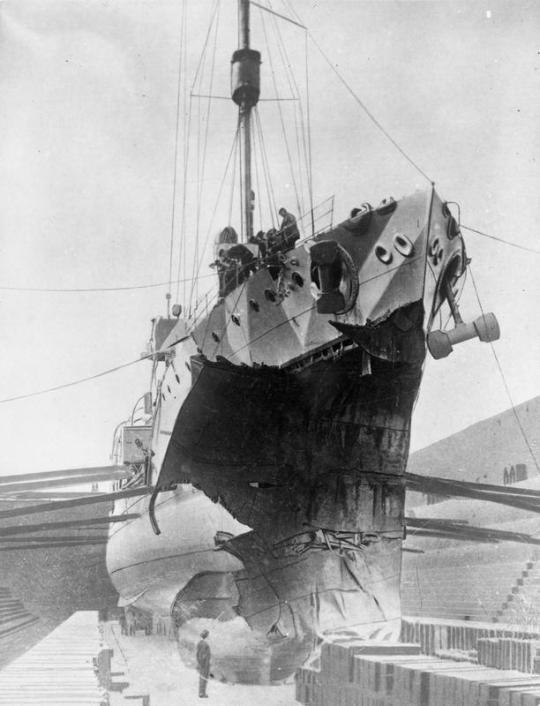

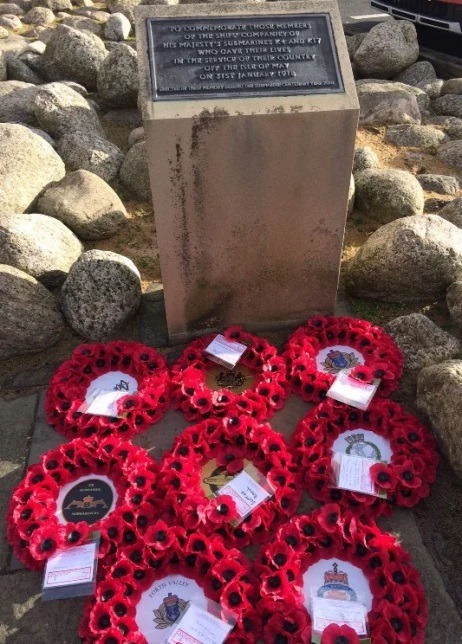
On January 31st 1918 a series of tragic evens occurred on the Firth of Forth which has become known as The Battle of May Island.
This was one calamity after another, at 18:30 a secret navy exercise known as EC1 involving the 13th Submarine Division (known a K-boats) and a number of Destroyers, Battleships and Light Cruisers had sailed from Rosyth.
The K-boats were specially designed to operate with a battle fleet and soon all the waiting boats were ready to sail. The orders were simple; all boats would follow in line and sail out of the Firth of Forth, head north passing the Isle of May before eventually heading direct north to meet up with the
At the head of the line, two cruisers would lead the way; HMS Courageous and HMS Ithuriel which were backed with submarines K-11, K-12, K-14, K-17 and K-22. Then came the battle cruisers which included HMAS Australia, HMS New Zealand, HMS Indomitable and HMS Inflexible with their destroyers. Finally HMS Fearless which was backed by submarines K3, K-4, K-6 and K7. In total with each boat sailing in a single line, it stretched for 30 miles.
At 18:30 the boats sailed from nearby Rosyth and were sailing with dimmed stern lights and were maintaining radio silence due to the sighting of a German submarine in the area earlier that day. The fleet were not helped by misty conditions whilst travelling under the cover of darkness. Then luck changed and disaster struck. Submarine K-14 rudder jammed and the boat struck K-22 and unfortunately both boats were locked unable to break free from each other.
The huge battlecruiser HMS Australia narrowly missed the stricken K-boats and disaster had been averted. But not for long. Communication eventually reached the lead Light Cruiser HMS Ithuriel about the original collision and the captain of the ship decided to turn around and head back to the two K-boats which had struck each other. Alongside the Light cruiser, the other K-boats also followed her back but communication was poor and unfortunately the boats and submarines further back, lead by HMS Fearless were unaware of the accident ahead and ran straight into their sister flotilla.
Over the following minutes, disaster struck as HMS Fearless rammed K-17, and the submarine sank with the loss of all life in a matter of minutes. Submarines K-6 hit K-4, and nearly cut her in half but locked together but had K-7 fast approaching. Spotting K-6, she just managed to avoid her, but was totally unaware of K-4 lying across her path, and a further collision ensued. The second hit proved fatal for K-4, and she sank. Only nine men were pulled from the water, and one of these died before he could receive medical treatment.
That evening a total of 104 men lost their lives as two submarines were sunk, four submarines were damaged along with the light cruiser HMS Fearless. Despite it being remembered (black humour) as the ‘Battle of the Isle of May’, there were actually no enemy warships involved and only a combination of bad luck and human error resulted in such a great loss of life. The terrible events of that night took place just 1.5 miles off the north end of the Isle of May. It will never be forgotten.
14 notes
·
View notes
Text

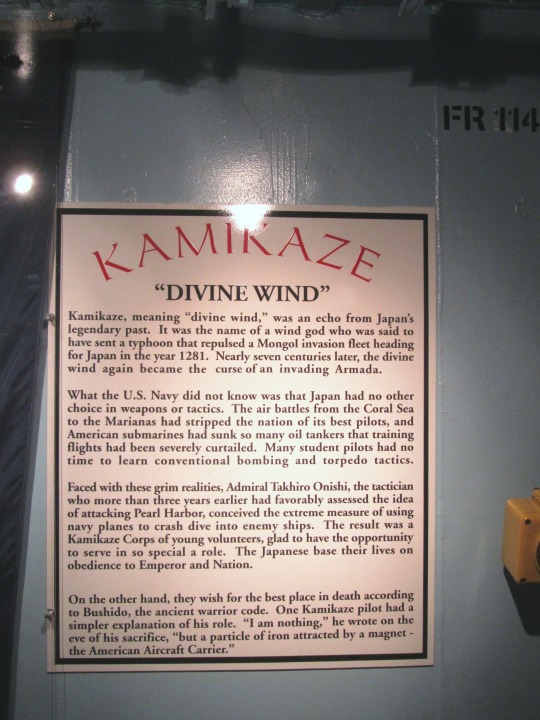
World War II: The first kamikaze attack on October 21, 1944. A Japanese fighter plane carrying a 200-kilogram (440 lb) bomb attacks HMAS Australia off Leyte Island, as the Battle of Leyte Gulf began.
#World War II#World War Two#WWII#first kamikaze attack#21 October 1944#anniversary#Japanese history#Corpus Christi#USA#USS Lexington (CV-16)#USS Lexington Museum - National Historic Landmark#summer 2011#travel#USS Lexington Museum On The Bay#engineering#tourist attraction#landmark#indoors#flag#sign#original photography#Texas
4 notes
·
View notes
Text
Rereading the WWI Billabong books this month and I’m reminded how so very much each book is a time capsule of the period it was written.
From Billabong to London is published in 1915 and pretty clearly written in in late 1914. It’s the propaganda narrative of two boys ready “to do their bit” for Country and Empire. When written, Gallipoli hadn’t happened yet. The book is actually most concerned, as far as war events go, with the exploits of the cruiser SMS Emden, which was sank in November 1914 by HMAS Sydney and is chiefly notable for being the only German warship in the area of Australia at the outbreak of war to harass South-East Asian shipping.
It’s a book all about the nobility of war and also a travelogue of the voyage from Melbourne to London. There’s a German Spy (TM)! The ship gets captured by a German warship at one point then rescued by the British Navy (cue Rule Britannia)! There are lifeboats but the general consideration of the novel is that any civilian on a ship would be unmolested and allowed to escape, rather than sunk.
(Fascinatingly there are also no Titanic references or reassurances outside of comments about lifeboat drill. Events two years earlier are not worth remarking on before a long hard sea voyage).
Jim and Wally, published in 1917 and written in what feels like late 1915, is more grounded in the surrounds of war, but it’s still a light hearted holiday adventure novel. The boys are gassed and sent home from the Front, leading to the fishing holiday in Ireland while they recover. Events in the book are set around about June 1915. Everyone’s still exceedingly patriotic and keen about the War Effort, and Doing Their Bit, and the only deaths referenced are either real events or a few very general comments about the sacrifices of widows.
Gallipoli landings have occurred, but the withdrawal is not referenced. I suspect that’s partly events being pretty clearly set mid 1915 and partly it being handed in by the end of 1915! The Lusitania has been sunk, leading to a lot more concern about the dangers to passengers of being on board a ferry, and lifeboats regarded as dangers to be avoided - just jump in and don’t get sucked down!
It’s a very ‘buck up’ sort of book, using the setting to tell an adventure story, rather than dwelling on the realities of war.
Captain Jim, in contrast, IS the book about the realities of war and what the Home Front was like. It’s published in 1919 but I’d suspect it was written more like late 1917, while hostilities were still ongoing. It’s still exceedingly focused on Doing Your Bit, but the consequences of warfare are no longer brushed over. Captain Hardress deals with adjusting to an amputated leg. Major Hunt is having surgeries for a bad hand injury. It deals with the impact of the notified death of Jim and Jim’s escape from a prisoner of war camp. Rationing is in place and an inconvenient fact of life. ‘The Servant Problem’ features heavily because everyone working class is able to make better wages in better conditions making munitions for the war effort.
As a book, I enjoy Captain Jim a lot more than Jim and Wally because the story is no longer trying to brush over realities its readers were all too familiar with. It mentions Wally’s bigger fear is losing a limb compared to dying. It doesn’t shy away from the impact losing Jim had on the other three main characters. Of course things are still softened and positive and cast in the best light, but it’s a far better book for getting a feeling of mundane reality of the time.
And then…Back to Billabong! Published 1921, extremely clearly written 1920, this is the war fallout book. It contains the 1918 flu (which magically kills nobody) and a hilarious in hindsight sequence about a returning soldier, knowing he had a high fever, ducking quarantine checks on their arrival in Port Melbourne (what a shame mate, it’s like that quarantine check had a purpose…). It contains anecdotes of the hardships of the British Home Front that would have been almost unpatriotic for MGB to mention while the war was still ongoing: stories of the hardships of rationing, of keeping cheerful and not burdening soldiers with difficulties, of war brides and toddlers who have barely met their fathers.
It is still, though, a very reassuring book that is extremely happy for the events to now be returning to be farm stories on an Australian cattle station. (MGB celebrates with a New Years bushfire, something she hadn’t been able to write in for almost a decade!)
All four of them are little time capsules, and after also living through A Time of Events, I adore how you can track the changes in attitude towards what the audience wanted to read through the books. Going from ‘too young to join up in Australia, let’s take the cast to London!’ through to discussions of the impact of losing a family member and how to react to that is a BIG jump, and one the audience travelled through too.
3 notes
·
View notes
Text
Monday 13th March 2023
We are on the 17th floor of our Darling Harbour downtown hotel. We look out across a bank of other hotel and apartment windows, many buildings much taller than ours, and each window appearing a mere dot representing a cell containing a little life. All humanity seems to be spread out before us with all its hopes, fears, expectations, ambitions and hurts. And that's probably what these little dots are thinking looking back at us, grey nomads.
Living in this part of Sydney for the first time and an area we are not so familiar with, it was time to push out to investigate. Well 11am that is. We crossed Darling Harbour by the 1902 Pyrmont Swing Bridge, now pedestrianised and a very pleasant walk with great views of West Sydney Harbour over to the National Maritime Museum. We didn't actually go inside since the collection of shipping berthed were interesting enough. HMAS Vampire - Destroyer decommissioned in 1986, HMAS Onslow - Oberon class Submarine decommissioned in 1999, HMB Endeavour - Replica of Cook's Bark are berthed here. Endeavour is a full sized facsimile and it is incredible that this tiny ship with a crew of 94, the original converted by the admiralty from a coal transporter, set sail in 1768 and travelled around the globe in the process of discovering Terra Australis Incognita for His Majesty King George. Further to the naval theme, the proposed AUKUS deal for the supply of new subs to Australia is a daily news item of great debate and interest on the TV news here.
Crossing the Pyrmont Bridge back again we traced the shoreline along the Darling Harbour, around the entrance, passing the observatory, under Sydney Harbour Bridge, past Campbell's Warehouse and into Circular Quay for a Vietnamese lunch competing with many Ibis birds who were anxiously awaiting a titbit or failing that an opportunity for outright theft.
P&O cruise ship Pacific Adventurer was Quayside today bound for Tangalooma with its queue of passengers snaking across the concourse; anticipation of a great holiday written across their faces. I hope the winds and waves will be kind to them.
Nicely full again we caught the 173x bus to Manly to do a spot of shopping and also to collect our third suitcase which we had parked at Jill's. Whilst in Manly we took the occasion to have a couple of flat whites by the wharf and our last visit to Coles in the Corso to buy our last supply of Tim Tams, last mango and then to Liquorland to buy our last bottle of SB, 'The Ned', unusually on offer at 12 dollars, almost cheaper than at home. Then we caught our last ferry back to Circular Quay, walked up George Street, turned right into Market Street and thus back to the hotel apartment. You can spot the theme here. We have to go home on Wednesday and we are aware of all the things that have made up everyday life for us over the last 10 weeks or so are coming to an end. Well we have tentatively booked Jill for next year.........


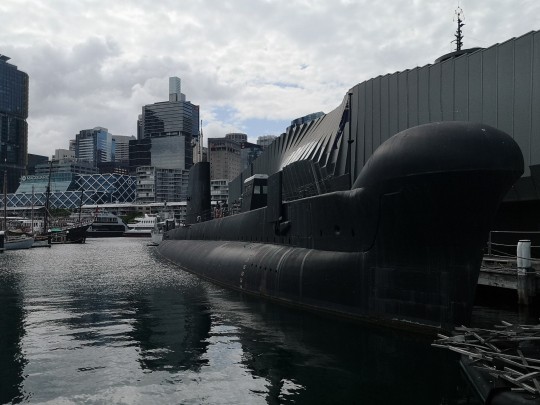
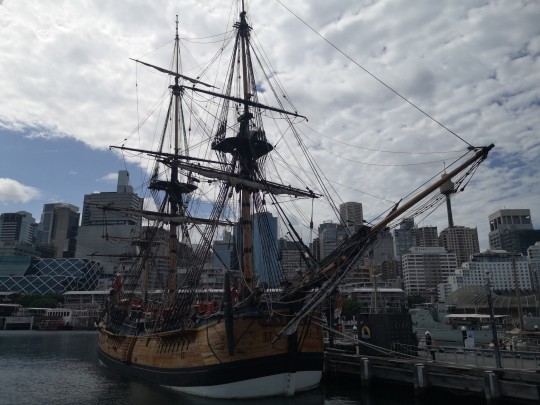
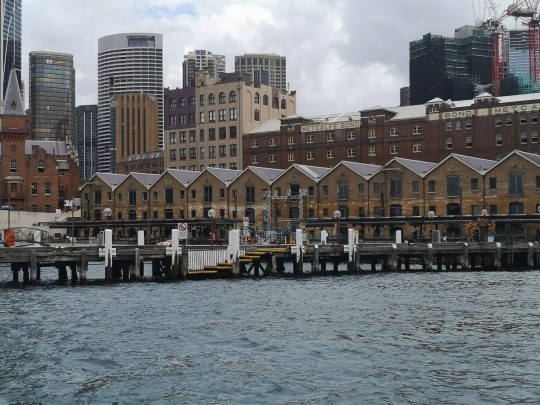
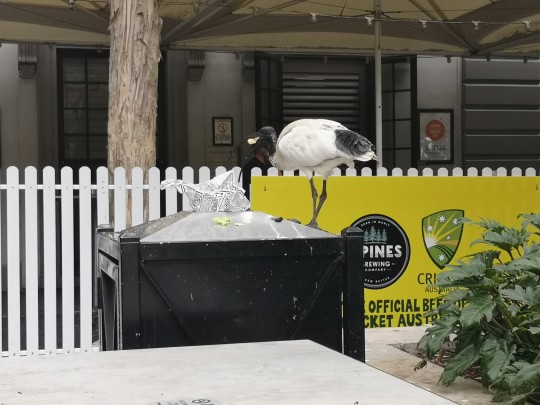
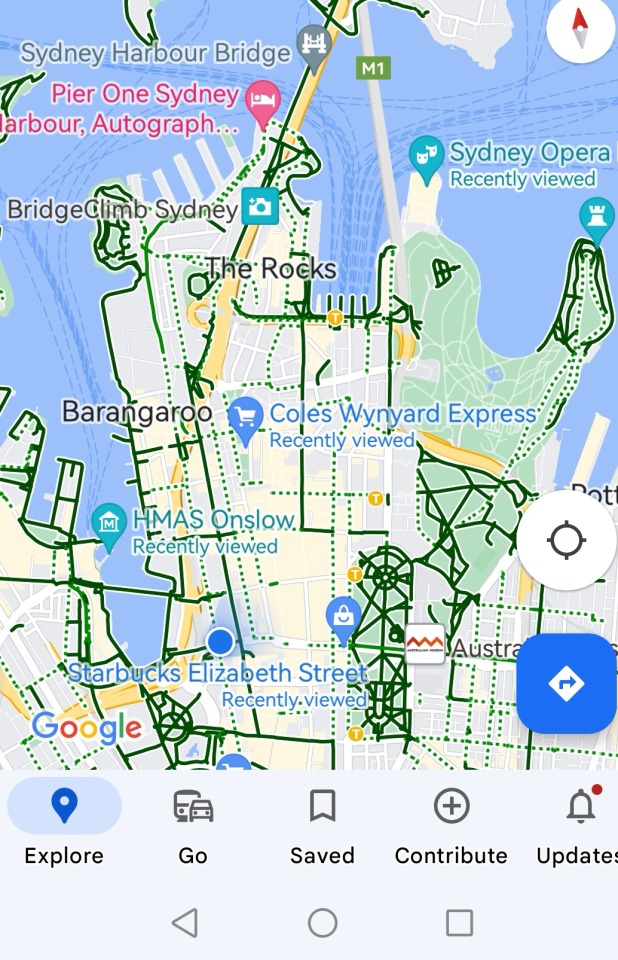
3 notes
·
View notes
Link
0 notes
Text
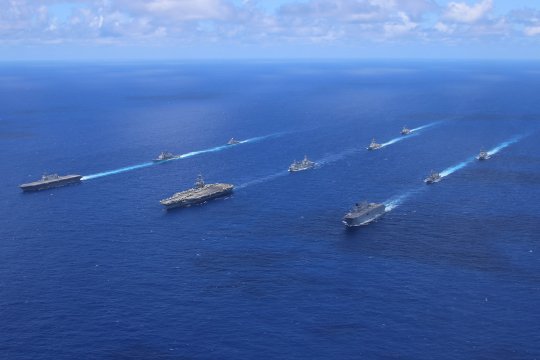
HMAS Canberra (L-02) sails in formation with USS Abraham Lincoln (CVN-72), JS Izumo (DDH-183), USS Mobile Bay (CG-53), HMAS Warramunga (FFH-152), HMAS Supply (A-195), USS Spruance (DDG-111), USS Gridley (DDG-101), JS Takanami (DD-110), and USS Sampson (DDG-102) during a photographic exercise in the Pacific Ocean Off Hawaii, 23 June 2022
RAN Photo by LS Liam Sulley, © Commonwealth of Australia 2021
52 notes
·
View notes